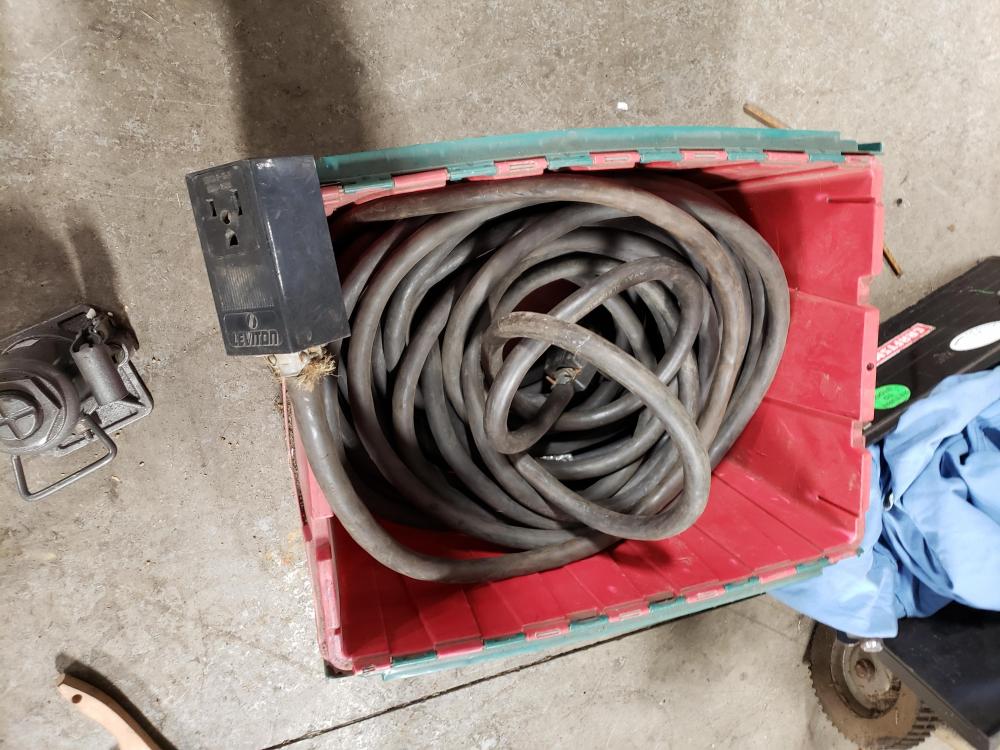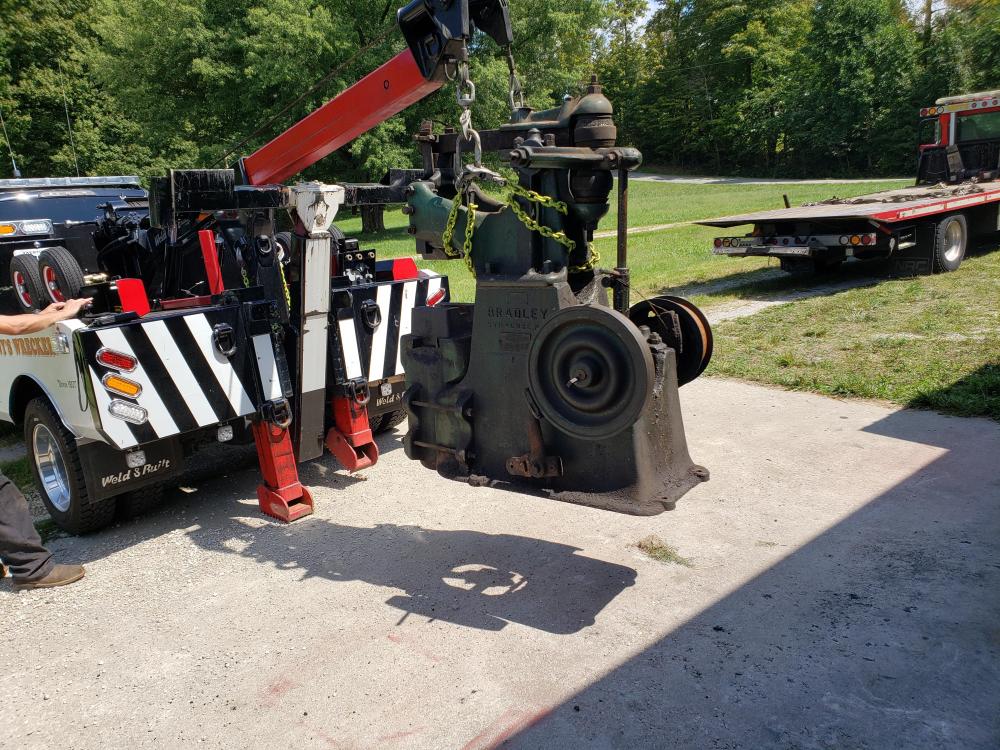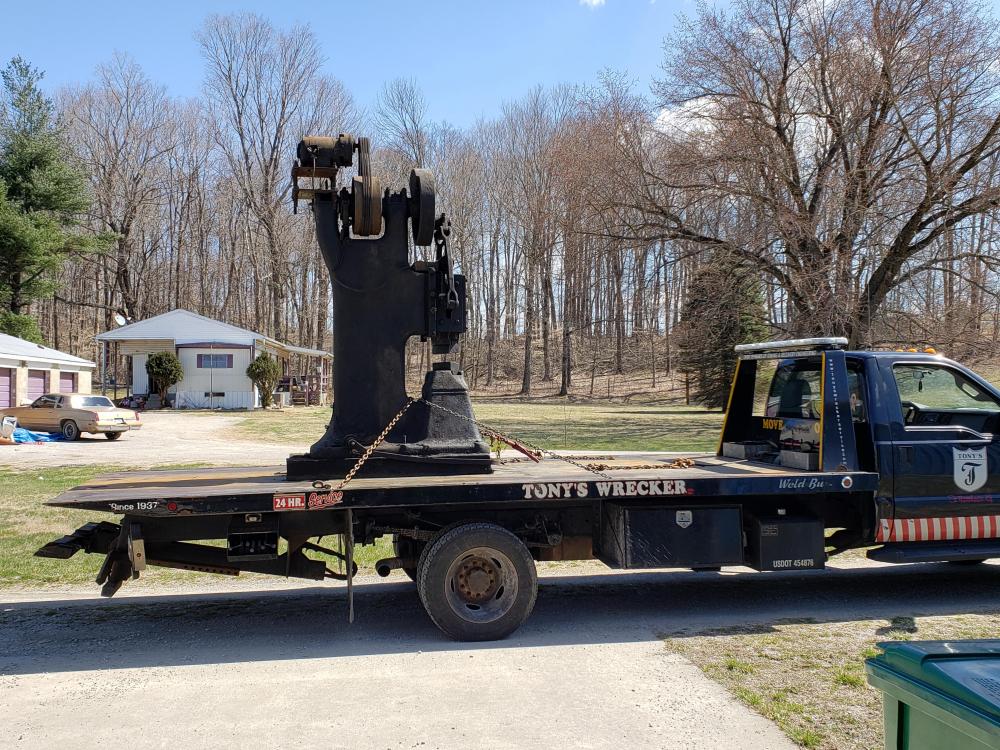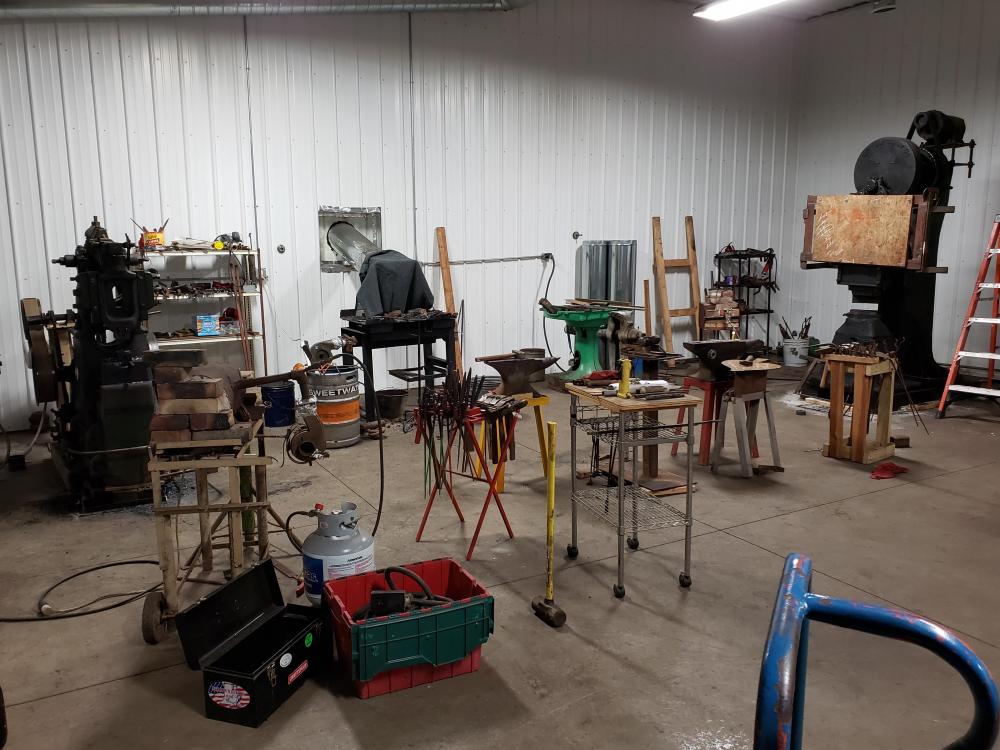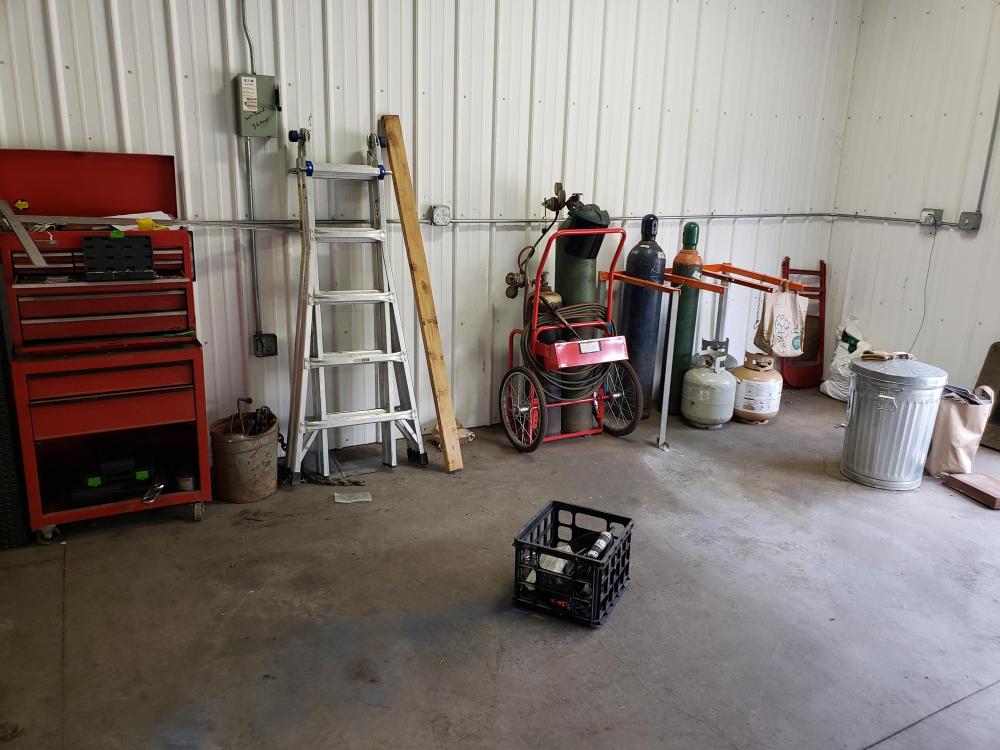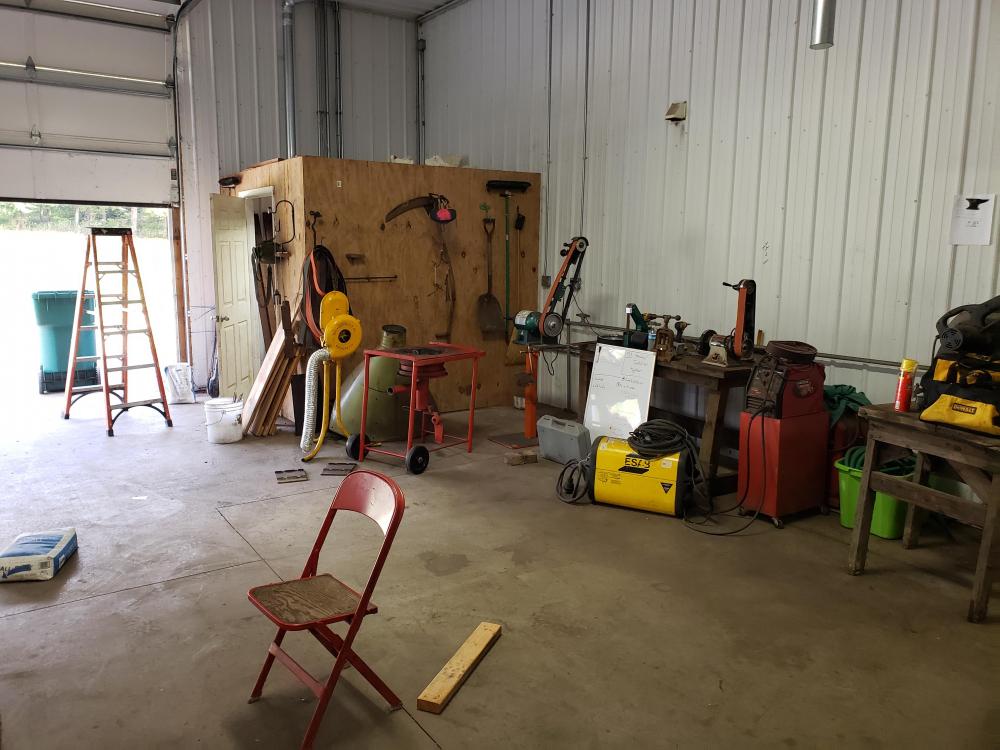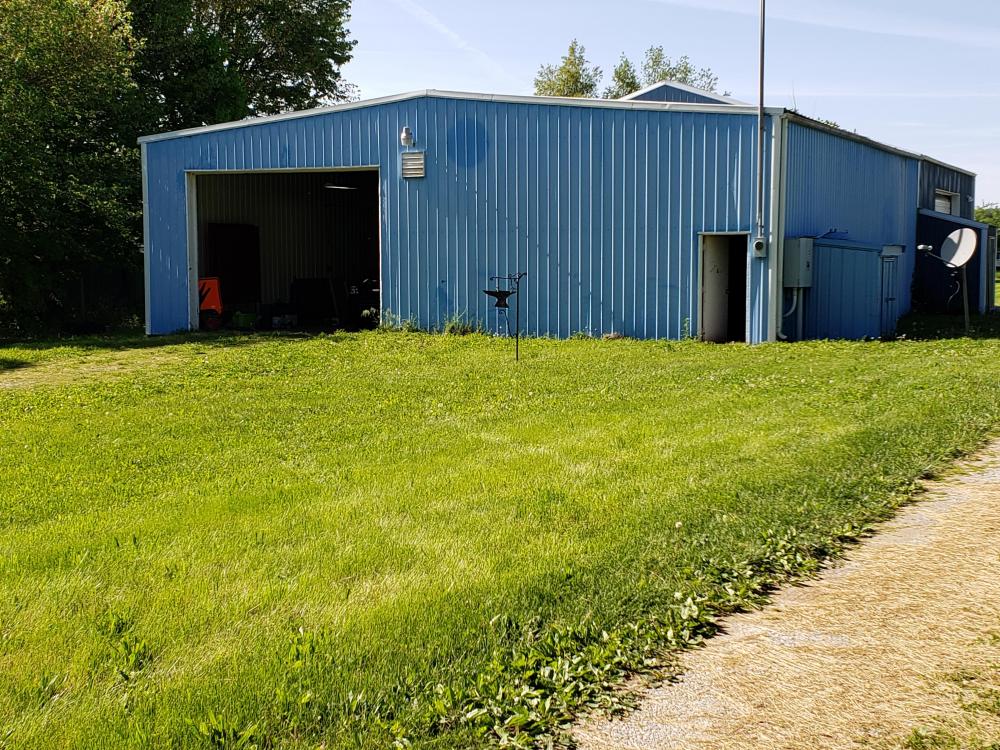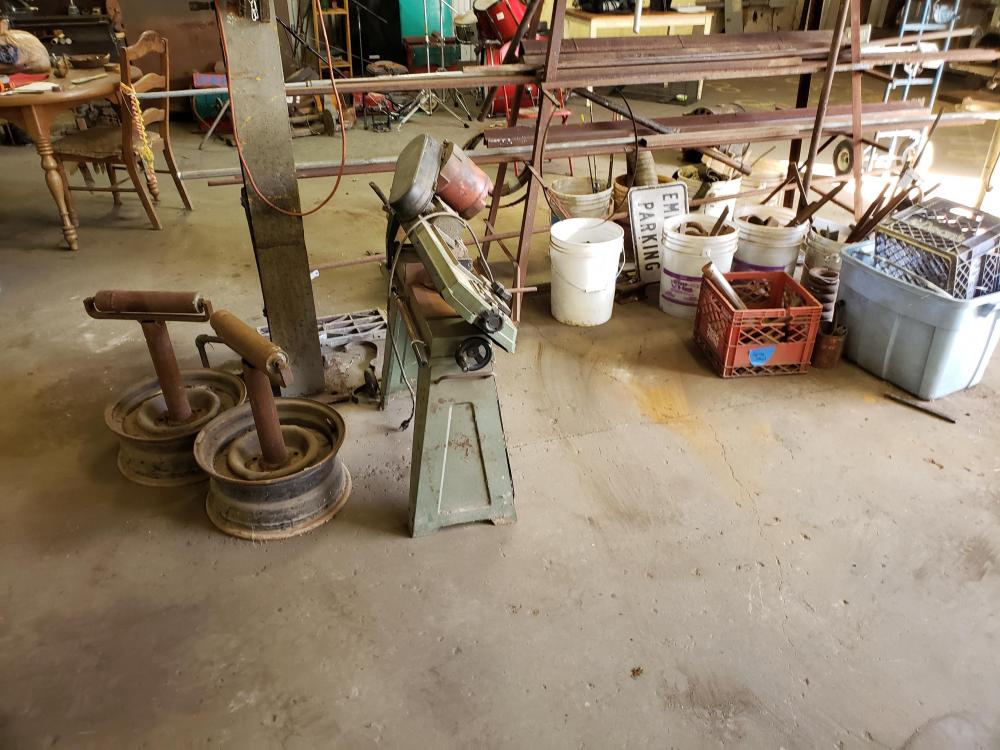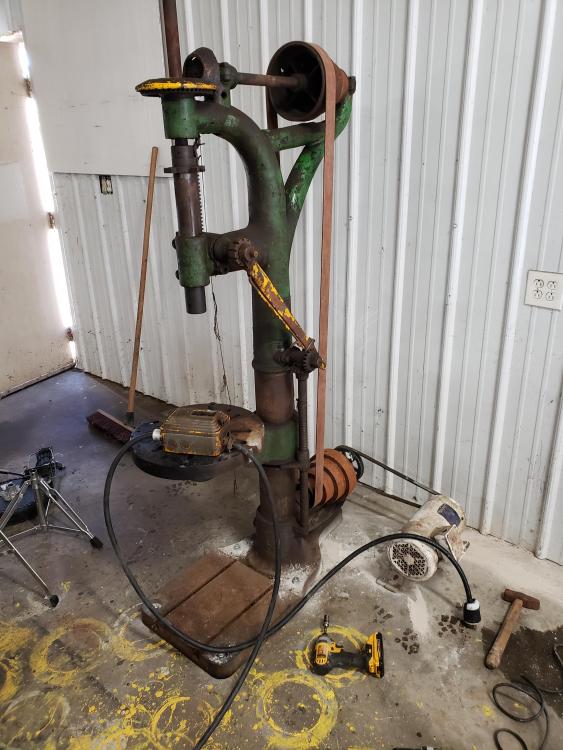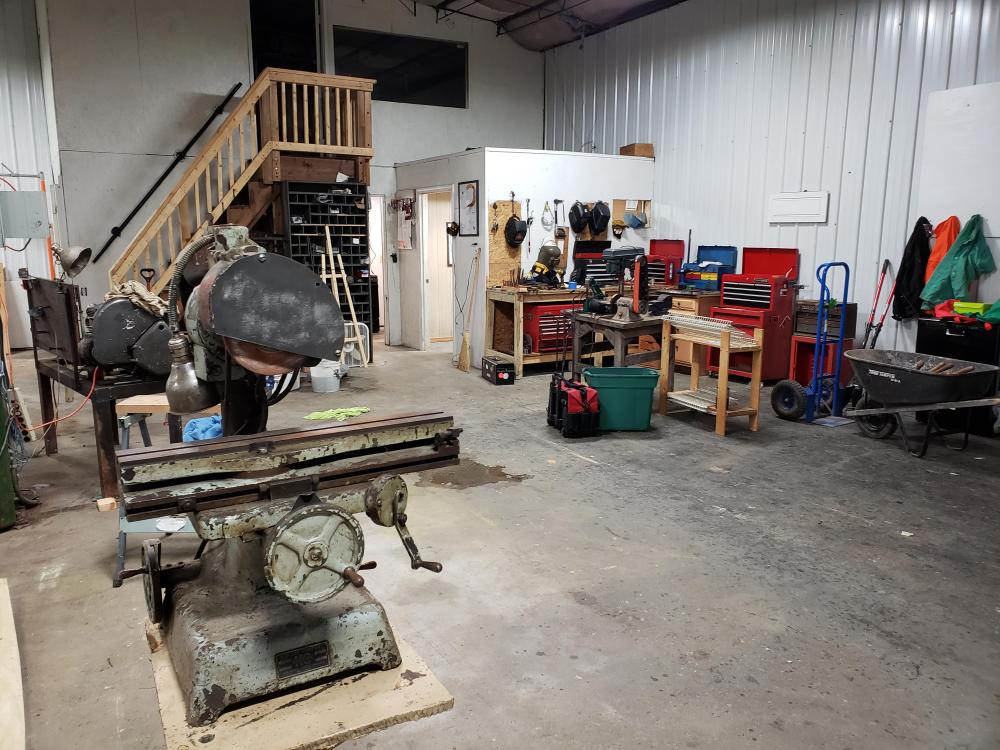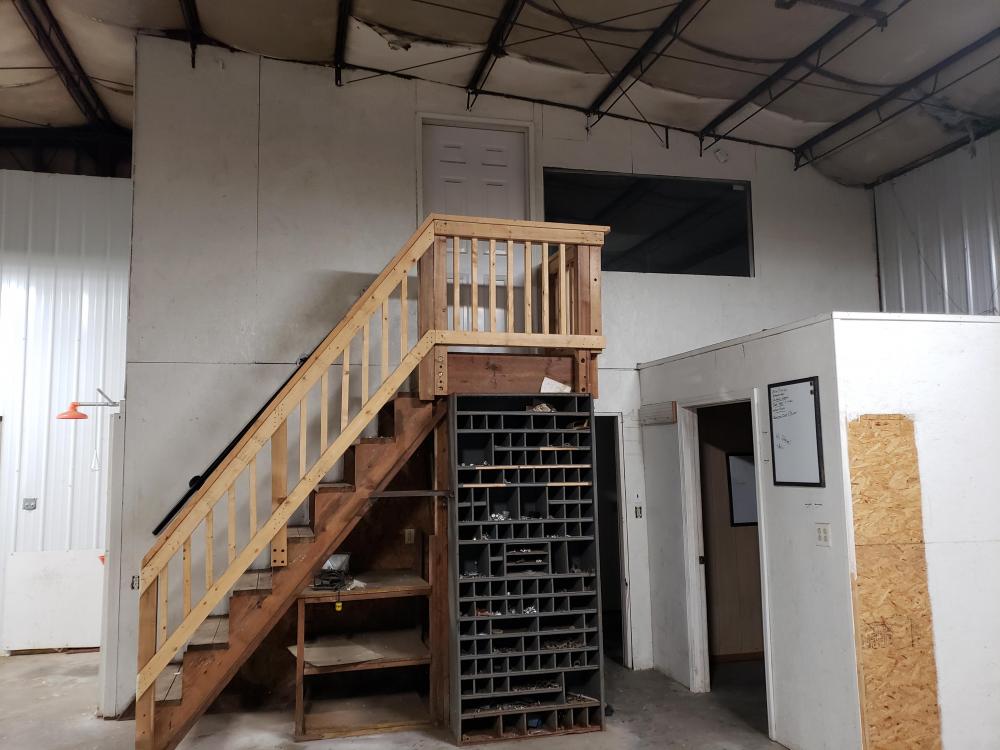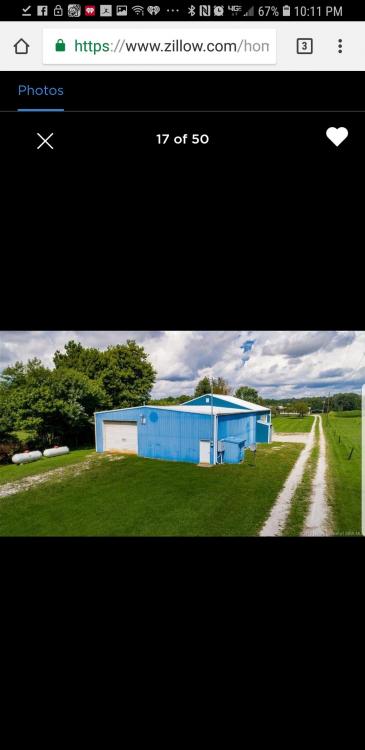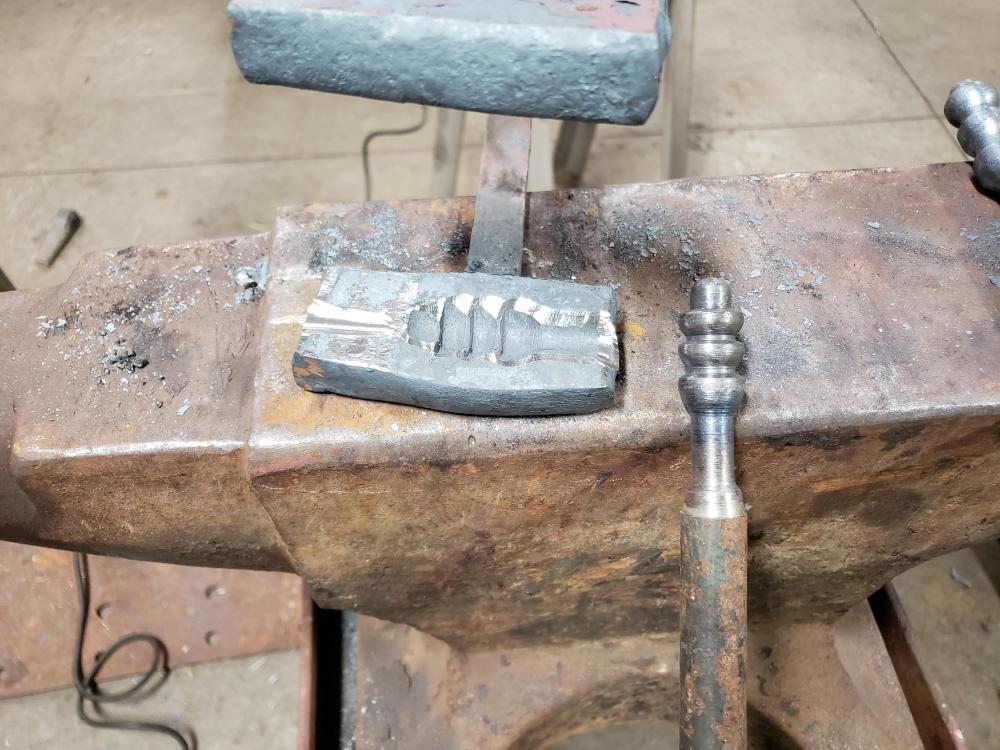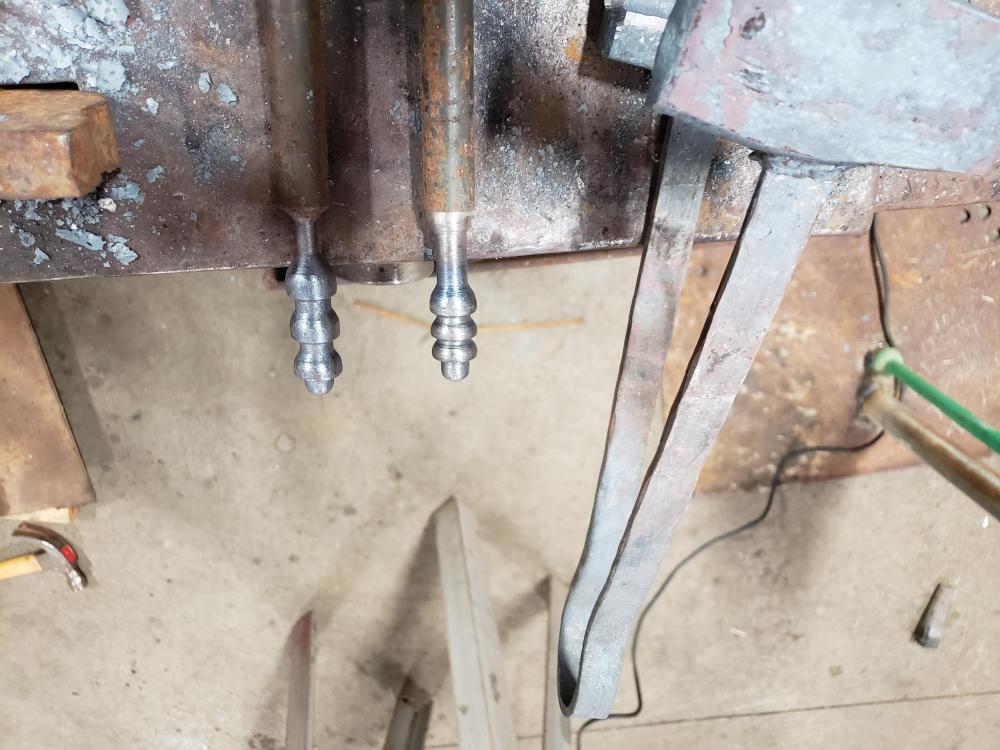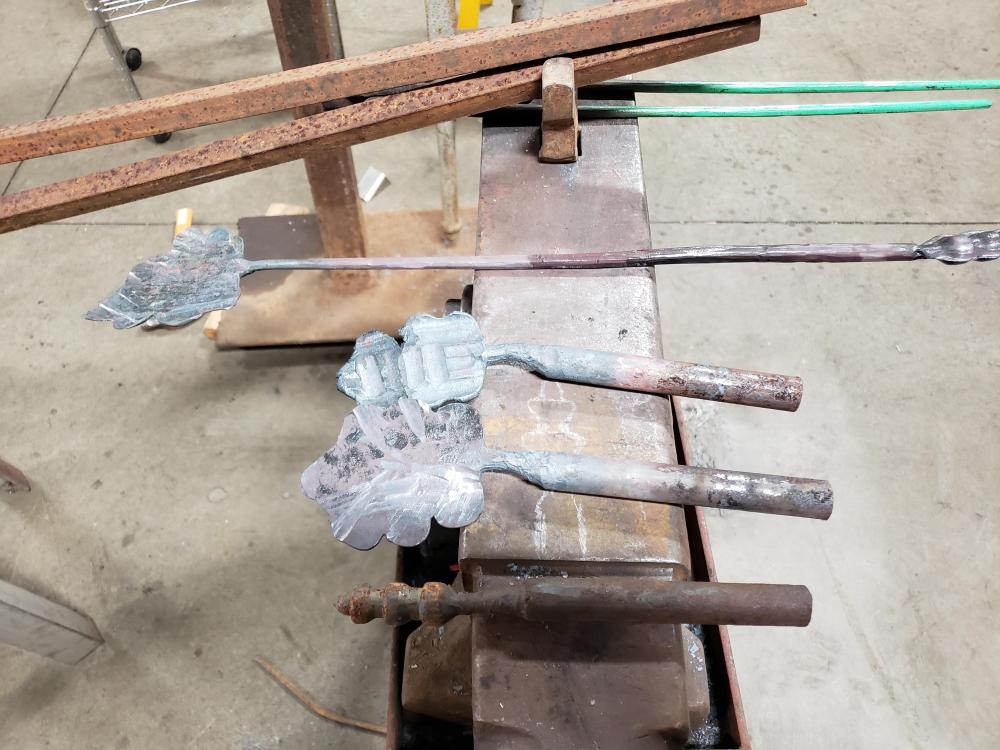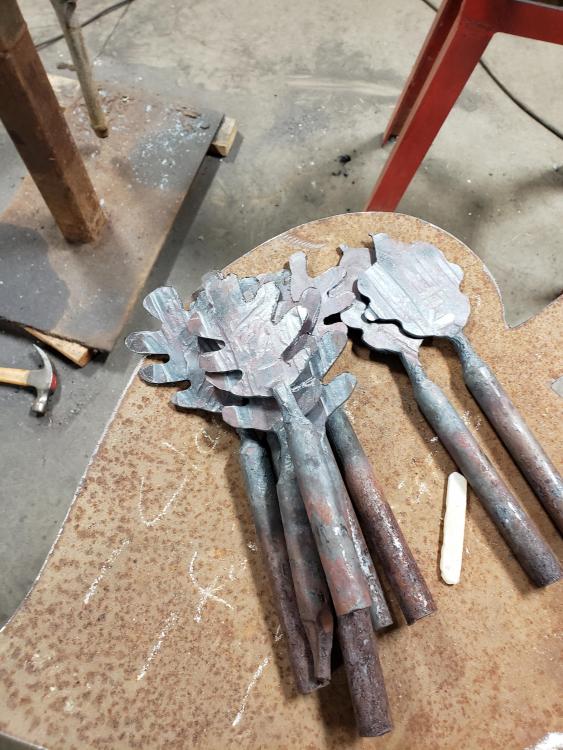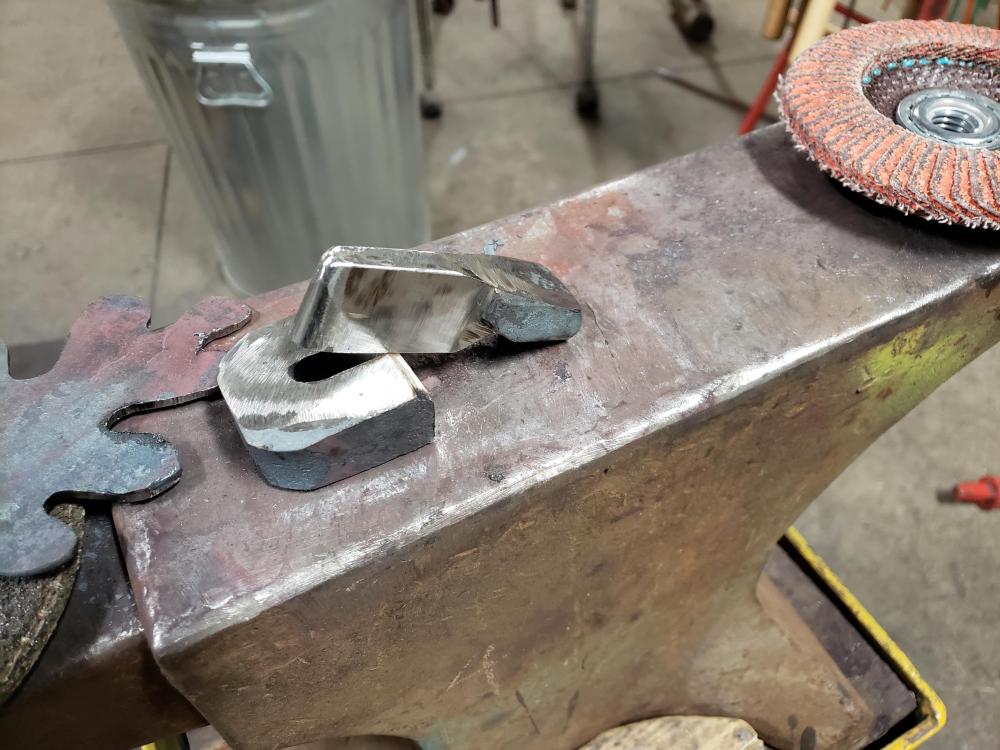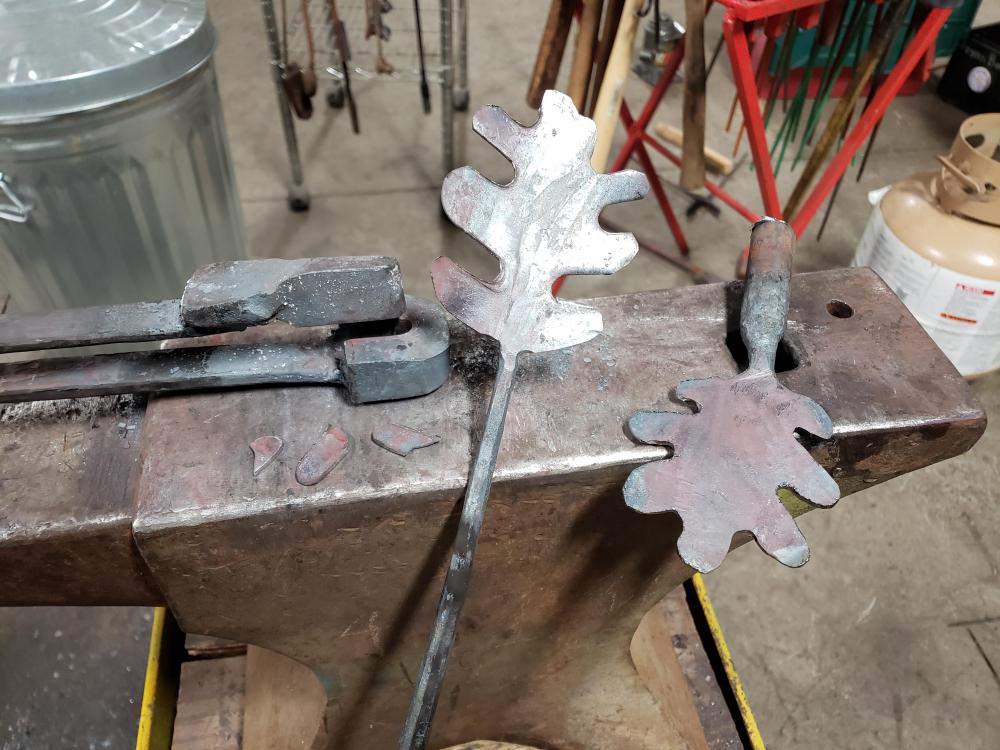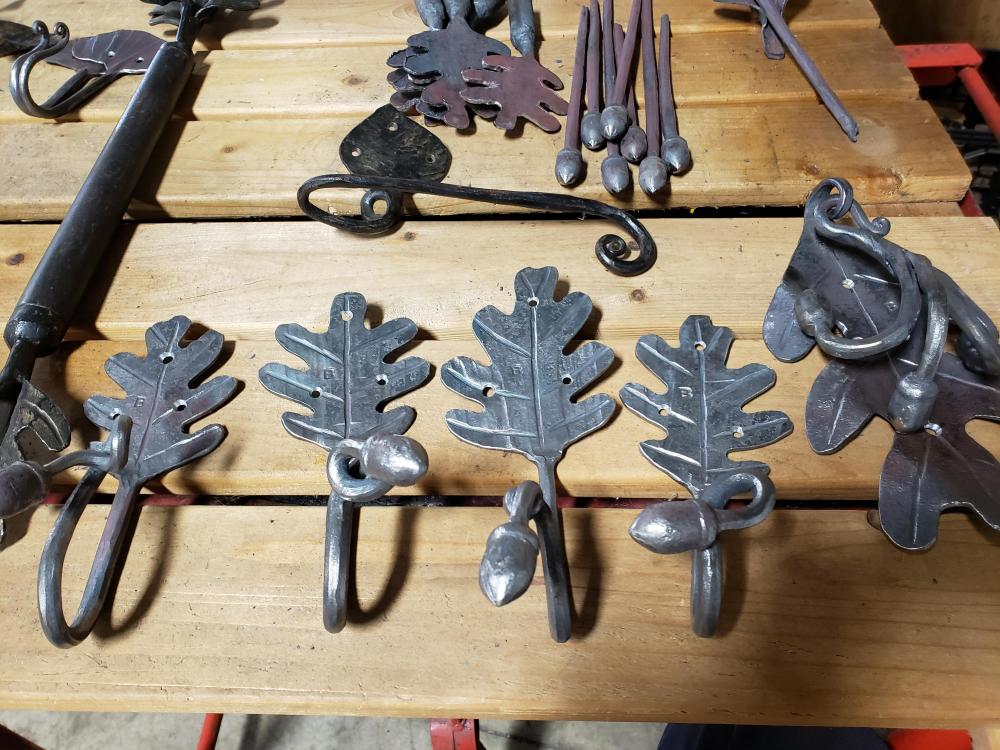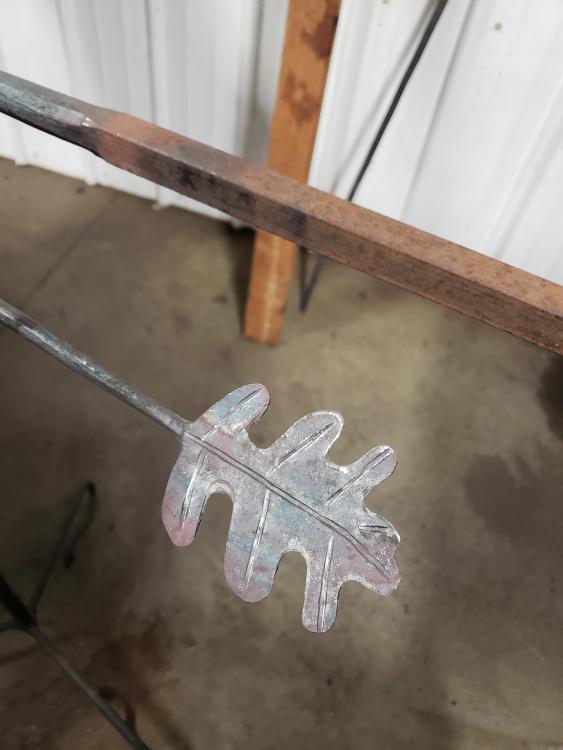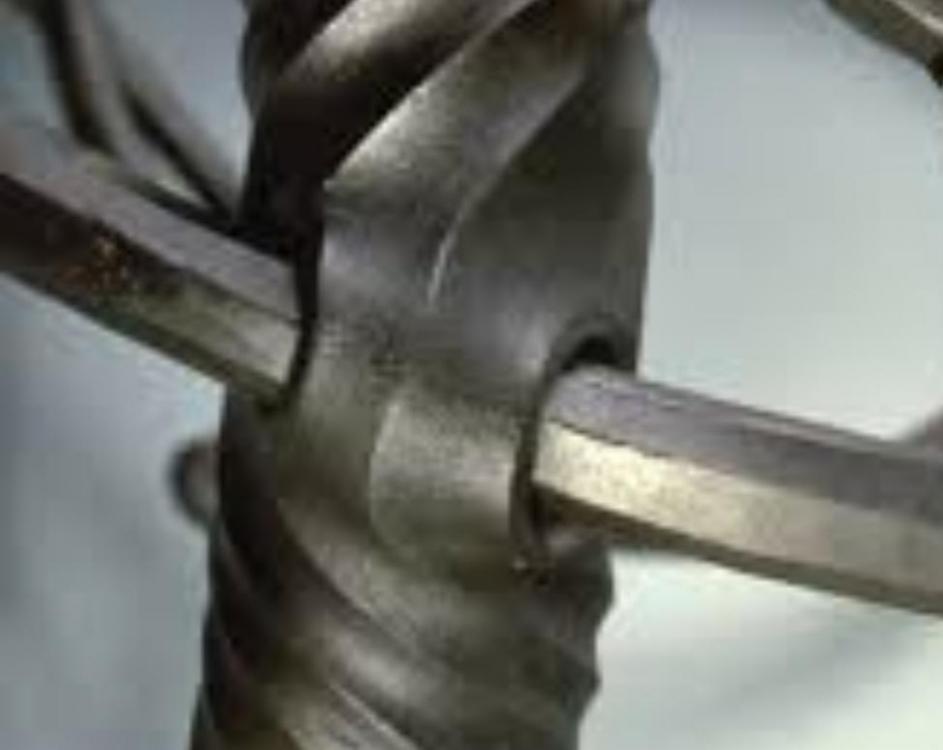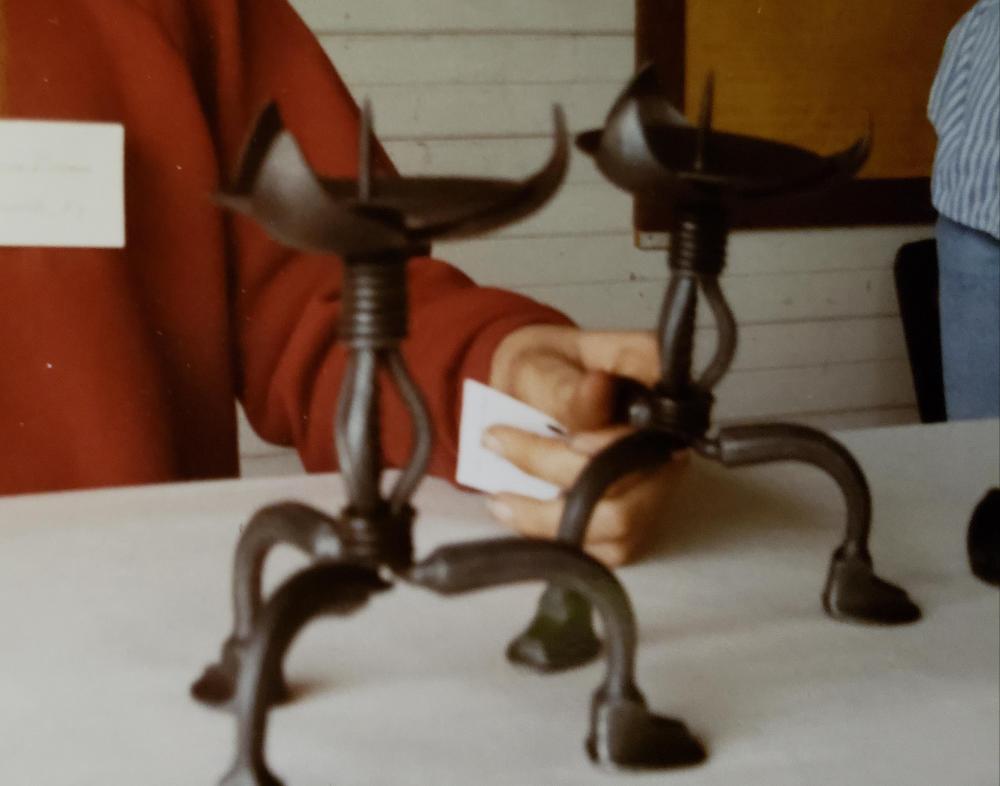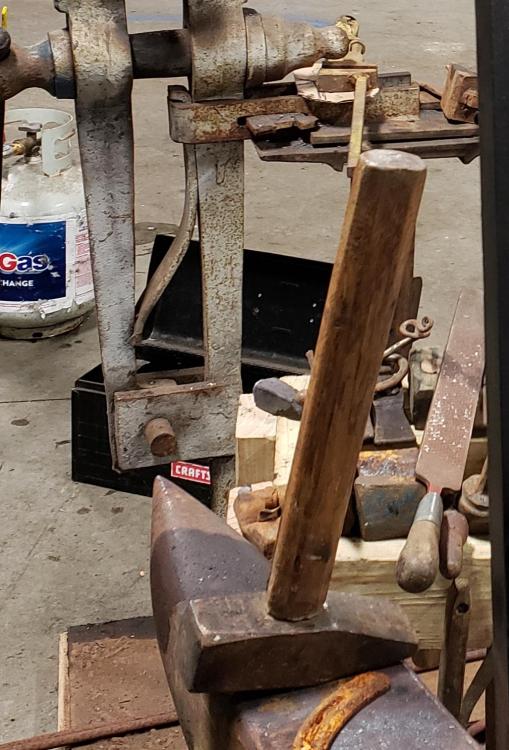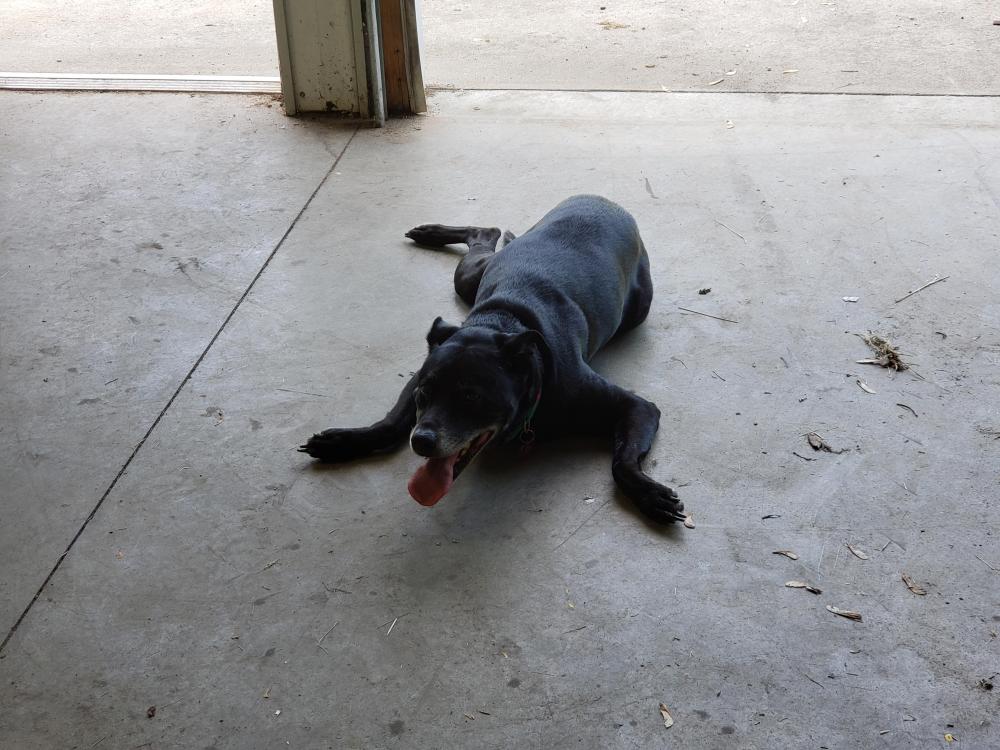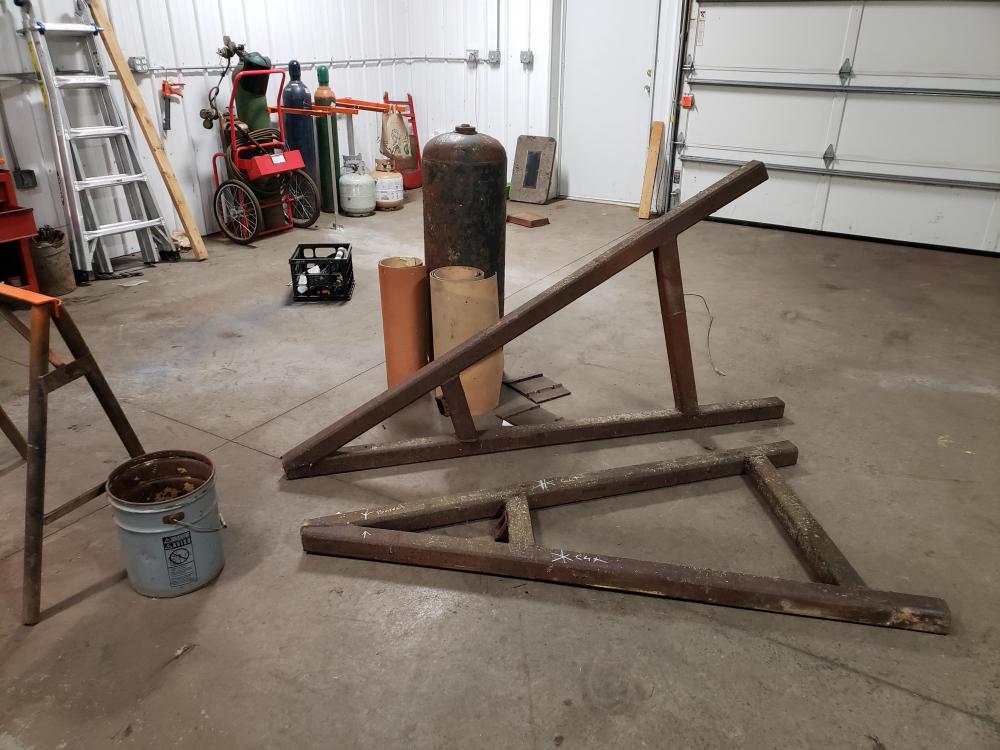-
Posts
469 -
Joined
-
Last visited
Content Type
Profiles
Forums
Articles
Gallery
Downloads
Events
Everything posted by jason0012
-
A lincoln tombstone welder is a pretty good starting point. I bought mine new when I was still in high school. It was the first big tool I bought for my shop. It has been underwater a dozen times and caught fire twice, and is still going strong ( I used it today in fact). A wire welder is easier to learn and for intermittent use probably a good choice. The smaller ones are relatively inexpensive and very compact. I have a lincoln 110 volt mig, that i use for installing. It is pretty limited in output, but runs smooth and is reliable on a 10 amp 110 volt light circut. Because it is for business i bought name brand, but those that harbor freight sells run pretty well for the money. If you get the harbor freight machine, buy good wire. Whatever you get, spend the money on wire or rods. Name brand here actually makes a difference.
-
Is there anywhere you can plug in? 220 is really a minimum. There are some 110 welders that are ok, but just ok. Arc welding pulls some power. I used to run my shop off this massive ( and expensive) extension cord plugged into a dryer outlet in the basement of the house. It is 150 ft of #4 3 strand outdoor rated. I think it was around $500 in '95. It would probably be better and more cost effective to upgrade your box, or bring in a new one. I had code issues at the old place that made that a problem.
-
That's for shure. Much to my surprise these guys were awsome riggers- look how level the Bradley is!
-
I had a wrecker company move them for me. I have a trailer and three cranes in the shop, but the big hammer is more than my truck could handle, and it was just easier. Well worth the cost.
-
It was a tight space before. I bought this. I really would not want to move it again.
-

LG25 New Style Toggle Link Dimensions
jason0012 replied to hikerjohnson's topic in Power Hammers, Treadle Hammers, Olivers
.I want to say that pin to pin on a 25 is 11 inches. That is from memory from over 25 years ago so dont trust it too much. Find someone with a 25 near you that you can measure. I have forged the arms before for both 25 and 50 pound hammers. Forged from 1 1/2 inch round for a 25.the best replacement though that I have seen were burned from 1 inch plate. They were traced from originals, torched out, then the clevis at the link end was fabricated and welded on. Lastly the upper hole drilled. Most painless way to build the arms. The ones I forged were 4140, I never saw a significant disadvantage to those burned from a36 plate. The burned to shape arms were used on hammers in a factory where they ran 3 shifts a day. They are kind of fun to forge, if you have a big hammer available- not so much on a 25 or 50. -
After being cramped in a tiny one car garage for 27 years I moved to this astonishing building back in december. Almost 5000 square ft, concrete floor, air compressors and three phase, and three overhead cranes. Three offices, a kitchen and bathroom. Almost a year now and just about moved in. I can say, moving a blacksmith shop is quite an ordeal (and expensive)
-
I have, for years had a number of products that used oak leaves. My old procedure for creating them was to flame cut from plate. Oxy fuel cutting left lots of slag, and despite changing tips, torches, gas, coatings on material, travel speed and mixture, always led to lots of grinding. Lots of grinding. I want a better way. Now I have a plasma cutter and soon hope to have it up and running, but have been working on an alternative. I thought this tooling might interest some of you. The base material for the leaf ( forged from solid) is 3/4 inch round. It took some experimenting to get a preform that worked ok. The space between the lobes, and root diameter have a big impact on the result. I think on a small power hammer, or treadle hammer it would probably be easiest to use a spring fuller to form each segment separately. If the segments are too deep, material wont flow right. If they arent deep enough they wont form proper lobes. When flattening, it helps to draw long ways to around 5/16 thick, before spreading sideways. I found that the shape created was not 100% what I wanted. They still required grinding to profile, so i made a notcher. The notcher is based on one Clifton Ralph demod . The notcher actually worked pretty well. The grinding required now is minor shaping of the points and knocking down burrs.
-
If you are in Ky then get involved with the craft marketing program. I am not sure it still exists in it's original form, as the show seems to be the extent of thier online presence. I think they got folded in with the arts council a while back. I did the show in one of it's very early years and it was not well attended then ( early 90s). They helped me get familiar with wholesaling and tradeshows and were overall pretty helpfull with getting set up right ( all the legal tax stuff) and avoid serious pricing mistakes when store buyers start looking for 40-60% discounts.
-
An old post, but this one has haunted me since I first saw it. This is a detail from an Albert Paley piece, and I have tried off and on through the years to duplicate this odd detail. The hole is straight, but through the corner of an octagon piercing from a 45 to 45 at 90 to the axis of the parent bar. The more schemes I try at achieving this the more frustrating it gets- thankfully I dont need to use it for anything
-
I have been toying with the idea of a cnc plasma table. It sounds cool to be able to zip out flower petals, leaves, spoon/shovel blanks ect. I have a plasma cutter I have not yet used and some of these tables are getting pretty affordable. I am not planning to make it the center of my business, and dont intend to have loads of plate lying around. Looking at the options I am baffled. Some units with the same apparent features can vary widely in price, and i am not really 100% sure what to look for. The ESAB crossbow is $12000+ and a pretty decent looking and compact machine, but there is a similar made in china version on amazon for $1800 (?). I dont have a huge budget so $12k is kind of out of reach. Looking at machines with tables there are even wider swings in prices, and advice i have gotten from welding forums is both confusing and unhelpful. Any of you with such a set up that can help point me in the right direction?
-

Making an new idle valv.
jason0012 replied to Mads's topic in Power Hammers, Treadle Hammers, Olivers
I want to know more about it. Where was it made? -

Frozen drive Fairbanks Drive Shaft
jason0012 replied to Steven Bronstein's topic in Power Hammers, Treadle Hammers, Olivers
An easier solution would be to install an elbow in each hole then plumb to a point above the journal, then fill with oil and let it soak- 30 replies
-
- frozen
- hammer rebuild
-
(and 1 more)
Tagged with:
-
I use H-13. I have never gotten my hands on any A33, though I hear good things about it. H-13 is tough to work with, and not quite perfect for deep punching but is the best I have. I never much cared for S-7.
-
I use hydraulic hammer bits, old shafting, and really big coil springs. Call some machine shops that build conveyor if you come up short on axel steel. The shafting we use is either heat treated 1045, or 4140. You need some pretty small peices ( under 6 inches) and they may help you out. Caterpillar track pins can be found in a lot of different sizes, some are really good for hammers. Another route is hydraulic cylinder rod. Some is chrome plated (if you get plated material, grind the plating off before forging) I used to get 4150 from naval ordinance through the vo tech school. Both are gone now...
-
This is one of a dozen 3 pound hammers I bought from a discount store when I started - for a whopping $1.50 each. I have rehandled several, and still have about 6.
-

Ellsen power hammers?
jason0012 replied to Big__Joe's topic in Power Hammers, Treadle Hammers, Olivers
So how has it held up? -
In Cleveland look up Rose Metal industries. They are a huge multi generational forging shop that does a lot of modern fabricating
-

Show me your blacksmith pets
jason0012 replied to Glenn's topic in Blacksmithing, General Discussion
-

Need some advice on power hammers & presses
jason0012 replied to fleur de lis's topic in Machinery General Discussions
V dies are problematic on small hammers like a 25-50 pound little giant because of the die size and stroke of these machines. They can be made to work, it is just really inconvenient. As for the original question, a small power hammer is pretty versatile and can do a wide variety of stuff. A press is good for bigger stock, and that is assuming you arent looking at a big power hammer. Over 200 pounds and the hammer kind of catches up to the press, but that is a pretty big machine for a hobby level shop. -
Look up kentucky forge council. They meet in bowling green- not too far from you. If you are on a tight budget, try a grizzly grinder (2x72). It is one of the best deals on grinders ( not the best grinder , but a good start). A power hammer is a pretty big leap from hand forging, and no small investment in space, time and money. Get comfortable forging by hand, then add power tools. You will get a better idea what you need that way I would agree. It is pretty easy to spend $1000+ on belts.
-
I wish I had scrounged a conveyor drive from the cookie plant. They were usually toast when they got replaced though. I was thinking 1/2-3/4 hp at around 60-80 rpm at the drum. I have a few 1/4 hp, then jump up to 1.5 and bigger and that seems a tad more torque than needed.
-
I have wire brushed my work for years, and I do absolutely HATE wire wheeling viney twisty stuff ( and that is the bulk of my forge work) I briefly tried pickling, but dont like the chemicals involved and had rust issues when things weren't neutralized properly. I would love to have a shot blast machine, but the cost and space arent really practical, so I am looking at a tumbler. I have this old condemned 100 pound propane cylinder, that looks like a good start, and the remains of my old crane, a whole lot of pillow block bearings, but all my motors seem a tad large. I have a 1.5 hp that would be ok I guess, the other candidate is a 1/2 hp that is a 3600 rpm. I dont really want to have to slow things down that much. Has anybody here built one of these? What kind of speed/hp would you recommend?

